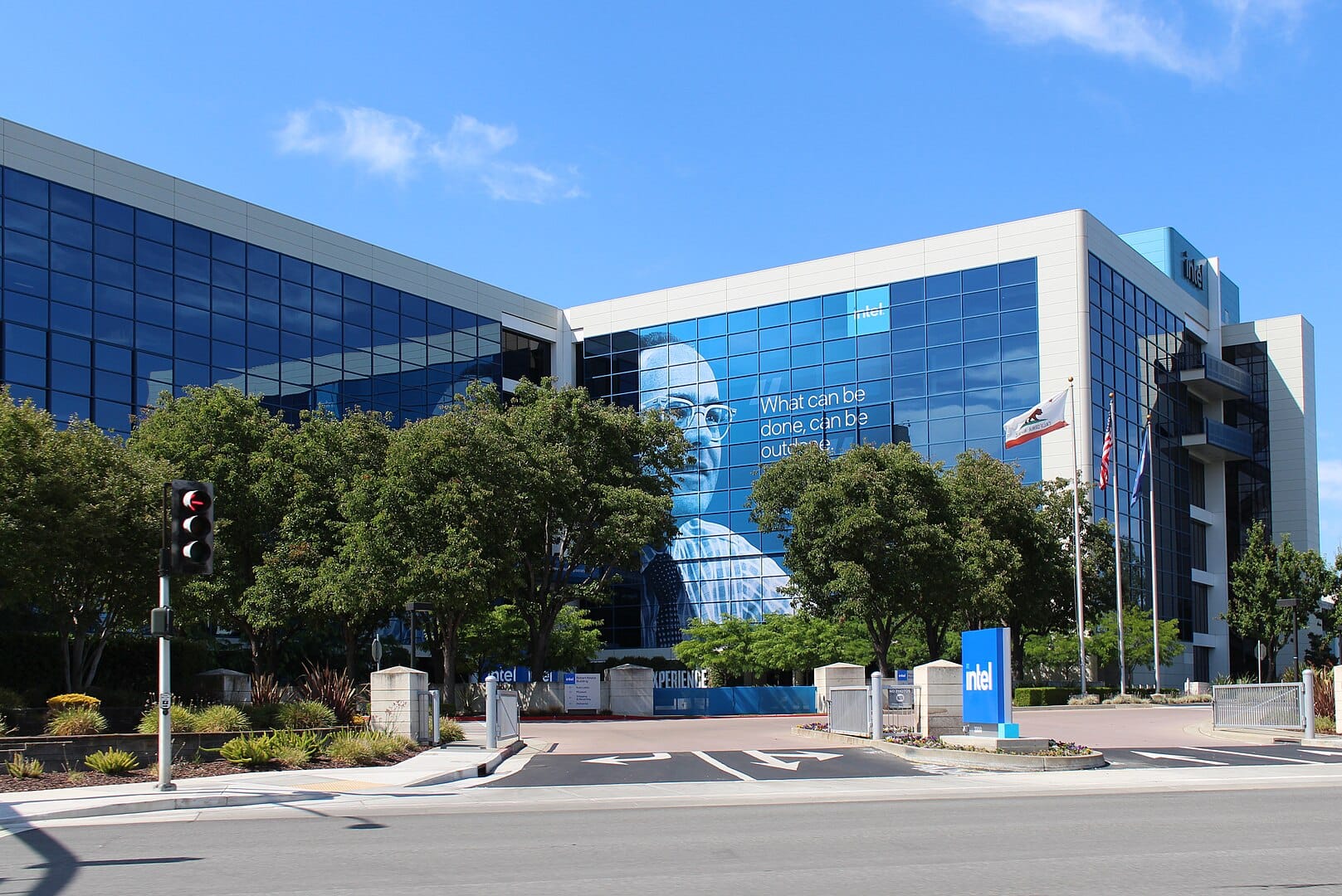In a move that reflects the current challenges of the tech giant, Intel has put its offices in Swindon, United Kingdom up for sale, after over four decades of presence in Europe. This decision is part of a broader strategy of restructuring and cost reduction that includes the dismissal of thousands of employees.
Sale of Swindon headquarters: A strategic change
Intel has hired Colliers to manage the sale of its over 5-hectare plot in Swindon, which houses facilities built in the early 80s and employs over 1,000 employees. A company spokesperson explained: “We are changing our global real estate strategy to focus on fewer, more populated locations and eliminate underutilized space. This approach will foster greater in-person collaboration at our larger sites and, at the same time, generate cost savings for the company.”
The property is estimated to be worth over $12 million, a relatively modest amount for Intel. This move suggests that the company is looking to not only divest from properties and associated costs, but also reduce its payroll.
Context of Intel’s restructuring
The decision to sell the Swindon headquarters is part of a broader context of restructuring at Intel. CEO Pat Gelsinger recently pointed out that costs are too high while margins are too low. This situation has led Intel to take drastic measures to optimize its operations and improve its competitiveness against rivals such as TSMC, AMD, and NVIDIA.
Arm shows interest in Intel’s product division
In an unexpected turn of events, it has been revealed that Arm, the British chip design company, recently approached Intel to explore the possibility of acquiring its product division. Although Intel has denied any intention to sell, this interest from ARM suggests that major players in the industry may be perceiving vulnerabilities in Intel’s position.
Divergent strategies
– Intel: The company has separated its product division from its factories, which could make it easier to attract new investors or potential buyers.
– ARM: Under the leadership of Rene Haas, ARM seeks to expand beyond the smartphone market into sectors like PC and servers, directly competing with Intel, Qualcomm, and AMD.
Future outlook
While Intel, with a market capitalization of $102.3 billion, looks for options to recover, including a possible investment from Apollo Global Management, Arm’s valuation has risen to over $156 billion, largely driven by the growing demand for AI chips.
These movements in the tech sector reflect a constantly evolving landscape, where companies must quickly adapt to changing market conditions and fierce competition in the semiconductor industry.
via: El Chapuzas informático

